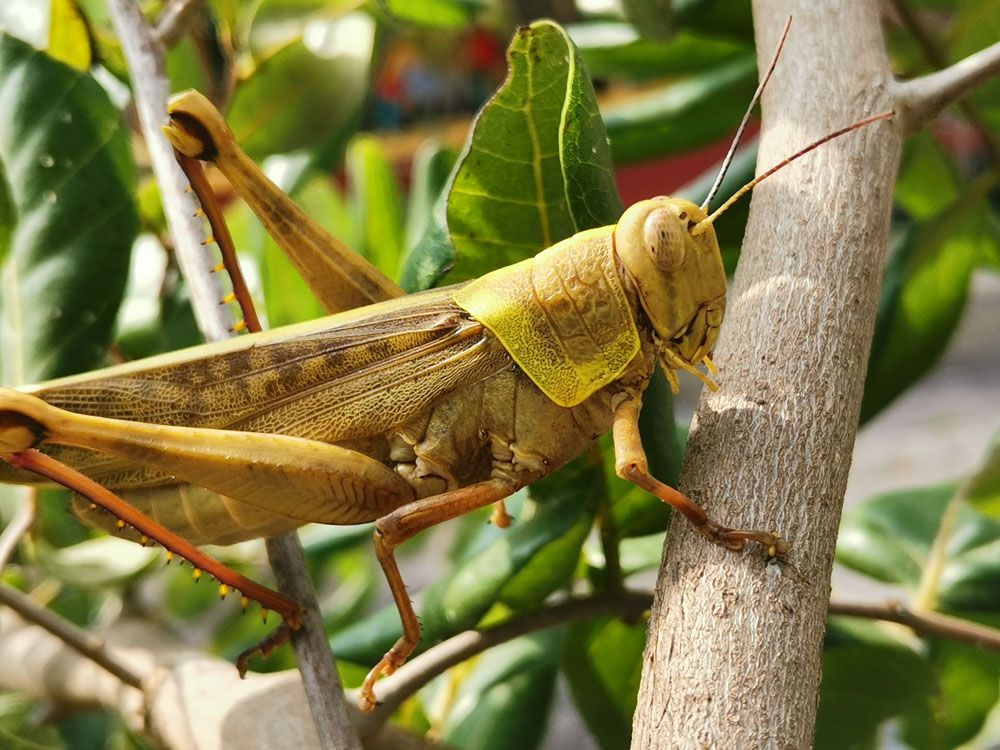
Carolina Grasshopper – Dissosteira Carolina
Carolina Grasshopper
Scientific Name: Dissosteira Carolina
Common Name: Carolina grasshopper, Carolina locust, black-winged grasshopper, road-duster, quaker
Appearance: Carolina grasshopper is a massive grasshopper almost 60 mm in length. The female grasshopper has a bigger wing spread than males. Their wings are black from the inside with yellow margins and grooves on the back. The forewings are brownish-grey, while the hind wings are black. It greatly resembles a butterfly, especially when flying.
Host Plants or Food: Carolina grasshopper has a diverse diet based on its location. However, they commonly feed on grasses and forbs such as wheat, barley, smooth brome, and dandelion.
Territory: Throughout North America, Eastern USA, and Western USA
Mode of Damage: They are leaf chewers and are capable of ingesting entire leaves in a go. This is why they have a tendency to defoliate major Greenlands excessively.
Habits and Life History:
Carolina grasshopper greatly resembles butterflies, given their large size and banded wings. They are found in bare areas such as roadsides and fence rows.
The females insert their ovipositor in the ground and lay eggs in pods, consisting of almost 40 eggs in each.
The eggs usually hatch during June, giving rise to nymphs. It takes approximately two weeks for the eggs to natch.
The nymph actively feeds on the grasses to mature into an adult.
For mating, the male grasshoppers produce a characteristic clicking sound to attract the females towards themselves.
